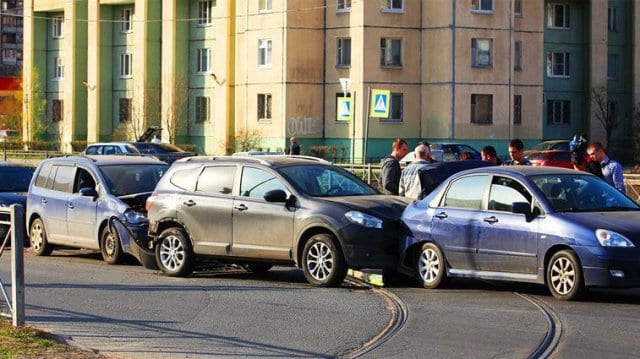
Do you remember the rule of two seconds?
Content
Traffic regulations require that each driver keep a safe distance from the vehicle in front. But at the same time, in no literature for this parameter does not set a specific figure.
Instead, it is a rather vague wording: the driver must stay at such a distance from the car in front of him that will give him the opportunity to react in time and avoid an emergency.
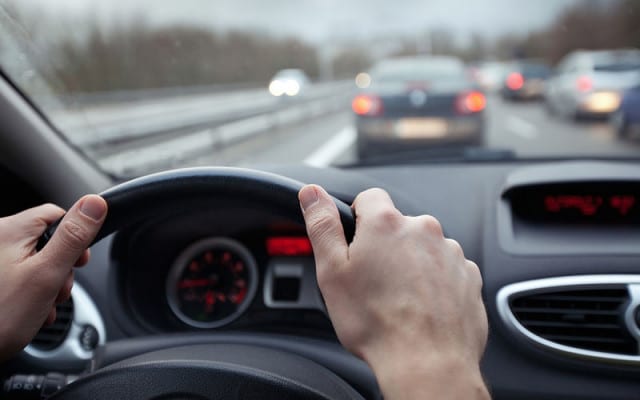
Consider why it is impossible to establish a clear distance, as well as what is the use of the “two seconds” rule.
Factors Affecting Safe Distance
To determine a safe distance, the following factors must be taken into account:
- Vehicle speed;
- The technical condition of the vehicle;
- Pavement quality;
- The situation on the road (it is raining if the sun is shining in the face);
- Visibility of signals in front of a moving car (in older cars, direction indicators and brake lights are extremely poorly distinguishable in sunny weather).
How to determine a safe distance?
There are several fairly simple calculation methods that can be useful to any driver on the road. Here are two of them:
- Two categories of speed;
- The rule of two seconds.
Two speed categories
To determine a safe distance on a dry road, it is easiest to divide the speed into two parts. That is, you are moving at a speed of 100 km / h, so the safe distance is 50 meters. At a speed of 60 km / h, the distance is 30 meters. This method has been widespread for many years, but many have already forgotten about it.
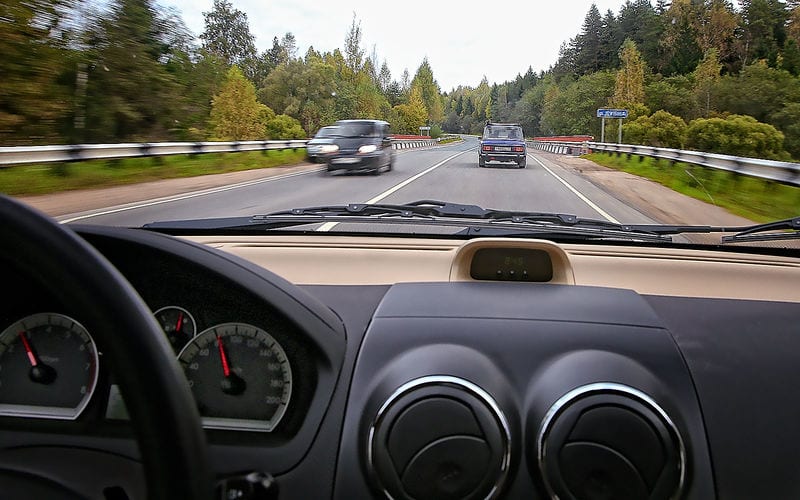
The problem with this method is that it is effective exclusively on dry asphalt. On wet surfaces, the grip between tires and the road is reduced by one and a half times, and in winter - by 2. Thus, if you drive on a snowy surface at 100 km / h, a distance of 100 meters will be safe. No less!
This method has another drawback. Each person has his own perception of distance. Some drivers are sure that the distance from their car to the car ahead is 50 meters, but in reality the distance does not exceed 30m. Others determine that between the cars is 50 meters, but in reality the distance is much greater, for example, 75m.
Two second rule
More experienced drivers use the “two second rule”. You fix the place through which the car passes in front of you (for example, past a tree or stop), then count to two. If you have reached a landmark earlier, then you are too close and you need to increase the distance.
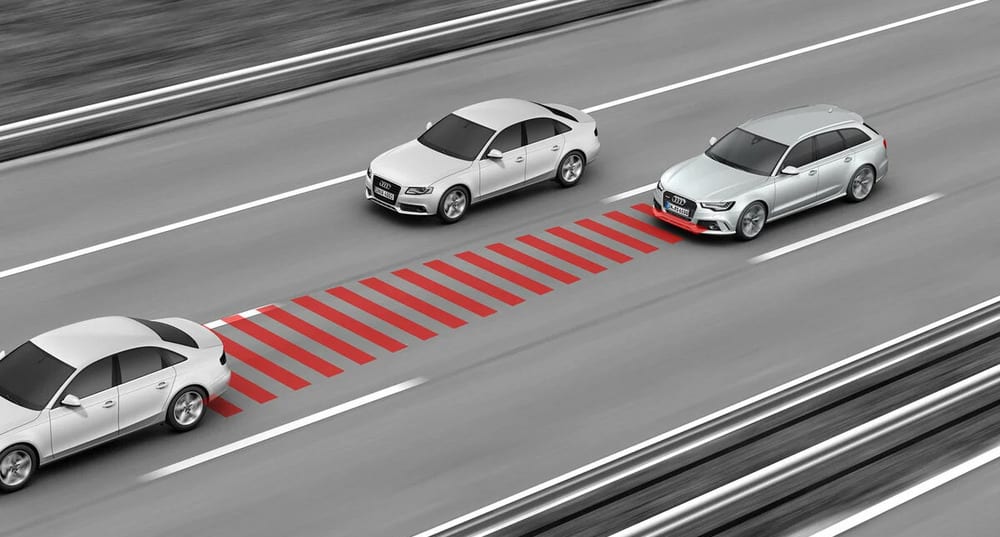
Why exactly 2 seconds? It's simple - it has long been determined that an ordinary driver reacts to a change in the traffic situation within 0,8 seconds in order to make a decision in an extreme situation. Further, 0,2 seconds is the time of pressing the clutch and brake pedals. The remaining 1 second is reserved for those with slower reactions.
However, this rule again applies only on dry roads. On a wet surface, the time should be increased to 3 seconds, and on snow - up to 6 seconds. At night, you must move at such a speed that you have time to stop within the boundary of the lighting of the road with the headlights of your car. There may be an obstacle beyond this border - a broken car without dimensions or a person (maybe an animal).
Safe interval
As for the lateral distance at high speed (outside the city), this parameter should be half the width of the car. In the city, the interval can be reduced (speed is lower), but you should still be careful with motorcyclists, scooters and pedestrians, who often find themselves between cars in traffic jams.
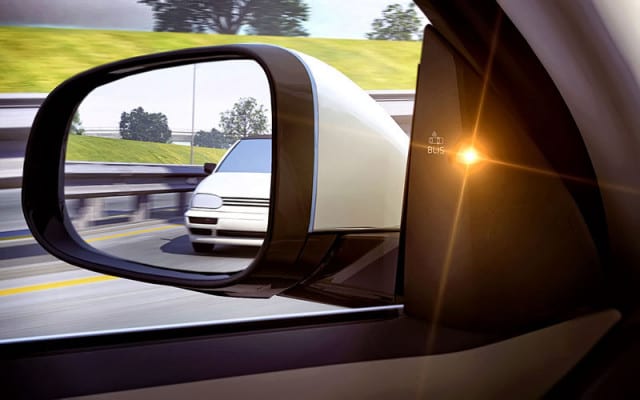
And the last piece of advice - on the road, think not only about yourself, but also about other road users. Try to put yourself in their place and predict what decisions they will make. If you subconsciously feel the need to increase the distance to a vehicle approaching you, do it. Security is never superfluous.
